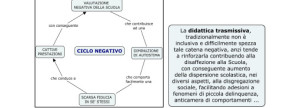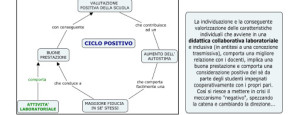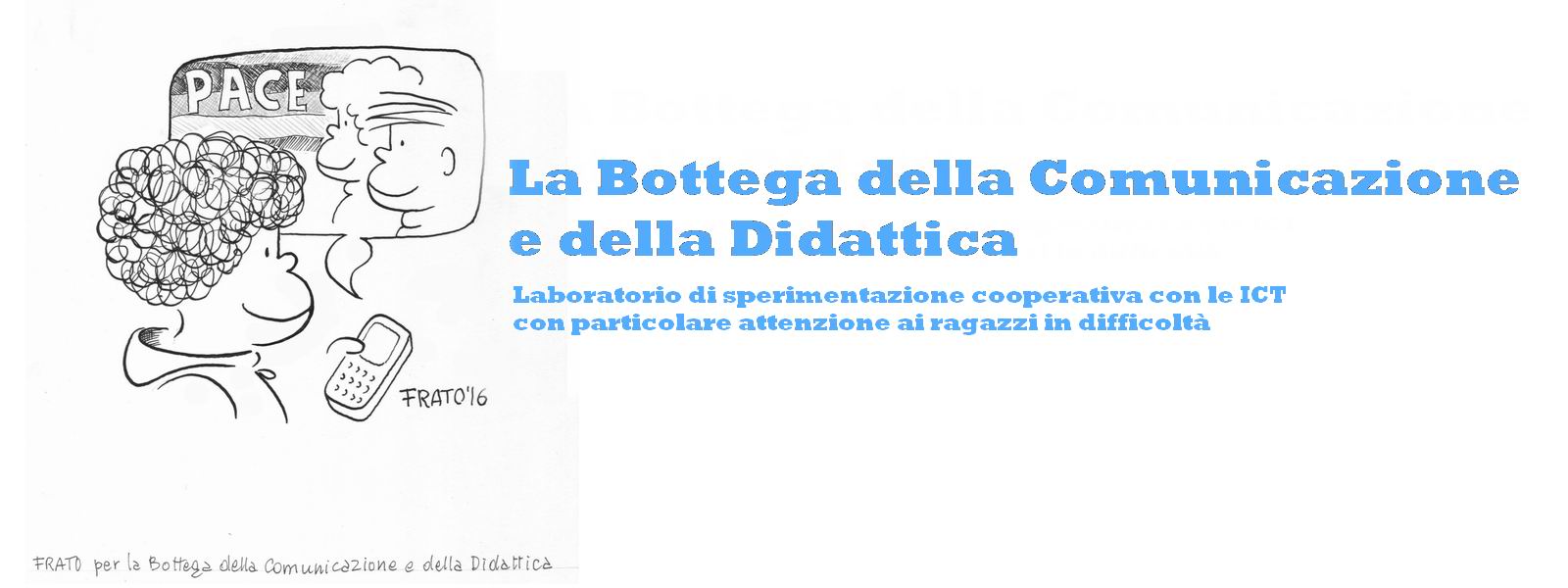INCLUSION AND DROPOUTS[1]
Introduction
The school transmissive, on the impetus of digital culture, is in deep crisis. teachers, left to themselves, they feel lost in contact with digital natives and fail to change, through innovation and adaptation, anchored to traditional with the certainty of get the truth.
There is therefore a need for a more participatory school that manages to be inclusive, especially in situations of widespread school dropouts. in a reality of this fundamental type is the transformation of teachers ' role, proposal especially (that experience shows), with team work for the construction of concept maps (expressions of different activities) to create the structure of the digital portfolio.
1- Dispersion and academic success
Institutional responses, the above mentioned crisis, tend, Typically, a facade modernization: not just the use of new technologies (PC, Lim, Tablet, etc..) for a quality school and pedagogical relationship; the use of modern media is not a sufficient condition to change the substance of educational relationship, again based on teacher transmits and the child who must only receive.
Teachers implement teaching mainly transmissive, focused on the entire class and with a focus on taxonomic planning, organized in disciplines not communicating; This leads to a linear and ignores teaching creativity, motivation, learning style, individual characteristics and the connections between the school and what the student already knows. Everything contributes to dropouts.
A school that takes account of Gutenberg Galaxy and of the Galaxy Internet uses a collaborative teaching, workshop, that integrates the various knowledge and use the various resources available, in order to pass from a conception of knowledge transmission at a laboratory teaching, permeated by digital culture.
Students are able to organize work more easily, a hypermedia product, If they start by themselves, telling and using a strategy that allows them to feel included, that makes the ’ expression of their identity as citizens and people, and then l l ’ ’ integration and acquisition of citizenship.
The school also happens because there is a looping mechanism for exclusion.
The spiral > low self-esteem > lack of confidence> bad performance > negative rating> low self-esteem> is a chain that traditional education typically fails to break, but strengthens, contributing to dissatisfaction with the school, before leaving school and social disintegration in the broadest sense. (see Figure 1)

Conductive education, traditionally it is not inclusive and is unlikely to break this negative chain, Indeed tends to strengthen it, contributing to disaffection to the school, increasing school dropouts, in different aspects, the social disintegration, facilitating accession to small delinquency, antechamber of behaviors ...
The positive vision of themselves with the enhancement of its characteristics, which takes place, Instead, in laboratory activities, undermines the system and allows you to “break” something in this chain, helping to change its direction in the spiral > good performance > positive evaluation> growth of self-esteem> safety > good performance> (see Figure 2).

The detection and the consequent enhancement of individual characteristics that takes place in a collaborative and inclusive education workshop (In contrast to a conception in transmission), leads to a better relationship with teachers, implies a good performance and leads to a positive consideration of the self by the students cooperatively with peers. so you can put in crisis the "negative" mechanism, breaking the chain and changing direction
2- Collaborative teaching and teacher training
The school has experienced, in recent years, a constant renewal, that implies the revision of traditional educational methods, but it was not enough to determine a growth in quality and quantity of learning ’. a teaching primarily illustrative, focused on class groups, with a focus on taxonomic planning, organized in disciplines not communicating, leads to a linear and ignores teaching creativity, motivation, learning style, individual characteristics and the connections between learning at school and what the student already knows.
Today, in the digital age ’, the teaching/learning process must respond to the demands of the knowledge society and, at the same time, must be more exciting and engaging for students. In addition, in the society of the third Millennium, It is even more imperative to change the way “make school”, in order to promote equalities and opportunities for each and every one in particular, and to focus primarily on the latest, that is, those who are most in need of educational recovery for better social integration .
It is not enough, also if necessary, modify the tools or simply adopt the latest theory to determine real change in a more useful direction to the collective growth, but we can say, the question is how to build a different school.
The specific objectives of a different school become, then:
– change the role of the teacher ’, from transmitter to stir, Coordinator
– allow new organizations of school environment,
– make it more familiar to children, digital natives, the school, with its content and tools,
– promote communication,
– promote learning ’, rather than teaching
Using methods and tools:
– brainstorming
– different learning styles and multiple intelligences
– concept maps
– cooperative learning
– use of ICT and digital culture
– research on the Internet
– multimedia production
Perspectives
The purpose of the experimental activities, still in progress (in different situations), is to build a prototype for training combat early school leaving; you have to see how the experience of teamwork between teachers using a collaborative workshop, permeated by digital culture, supported by maps, will be transferred to the morning courses curriculum.
[1] Partial contribution in Italian "Cooperative teaching, concept maps and creation of knowledege portfolio for school success " presented at the CMC Conference YOU 2014 held in Santos (Brasil) 22/24 September 2014
